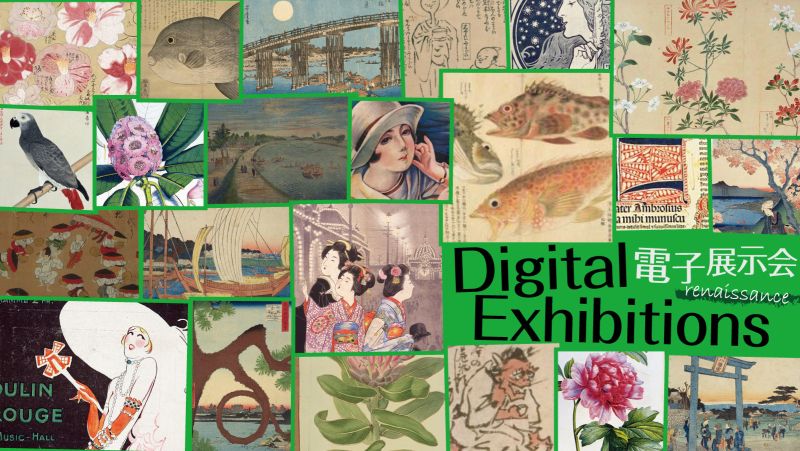Gogatsu ningyo (May dolls) and Tango no Sekku (Boys’ Festival)

Gogatsu ningyo displayed at Tango no Sekku do not have as long a tradition as the hina dolls (Girls' Festival dolls). Until the Medieval Period, Tango no Sekku was mainly celebrated with horse races, shobu (Japanese irises), and kusudama (ornamental paper balls). When the samurai society began, Tango no Sekku evolved into a boys' festival featuring horse races and horseback archery in their yards. Samurai families also displayed yoroi (armor) and kabuto (helmets) in their homes. During the Sengoku period, family crests were first used on weapons and flags. In the Edo period, displaying kabuto in front of houses became a grand ceremony, showcasing them to passers-by to announce the birth of a boy.
As the era of peace under the Tokugawa shogunate continued, the celebration of seasonal festivals spread not just among the samurai families but also to the common people. Since common people could not afford real yoroi, kabuto, or tachi (swords) like samurai families, miniature yoroi and kabuto for Tango no Sekku were made as decorations. On the other hand, the shogunate began to regulate kabuto, which were adorned with elaborate decorations, through sumptuary laws to curb extravagance. As a result, people began to carry out decorations for seasonal festivals inside their homes instead of in front of their houses.
In the paintings below, dolls and other crafts are placed on top of the decorated kabuto. These dolls are called kabuto ningyo. It is said that the decorative parts became gogatsu ningyo.
Families that gave birth to a baby boy received musha ningyo (warrior dolls), decorative kabuto and yoroi, seiryuto (Chinese broadswords), and other gifts as congratulatory gifts. In the mid-Edo period, doll shops in places like Nihonbashi Jukkendana and Owari-cho displayed yoroi and kabuto, along with dolls of fairy tale protagonists such as Kintaro, Momotaro, Issun-boshi, and Ushiwakamaru, and bustled with people purchasing dolls to celebrate their children's first Tango no Sekku. Gradually, extravagant and expensive dolls began to be made.
Thus, gogatsu ningyo evolved from being displayed outside the home to being displayed indoors, becoming an increasingly ornamental handicraft.
